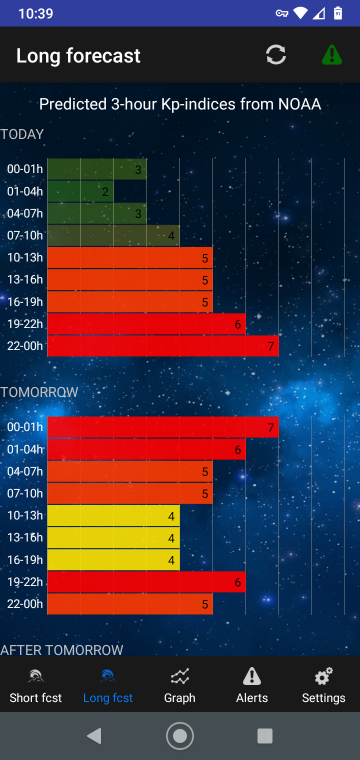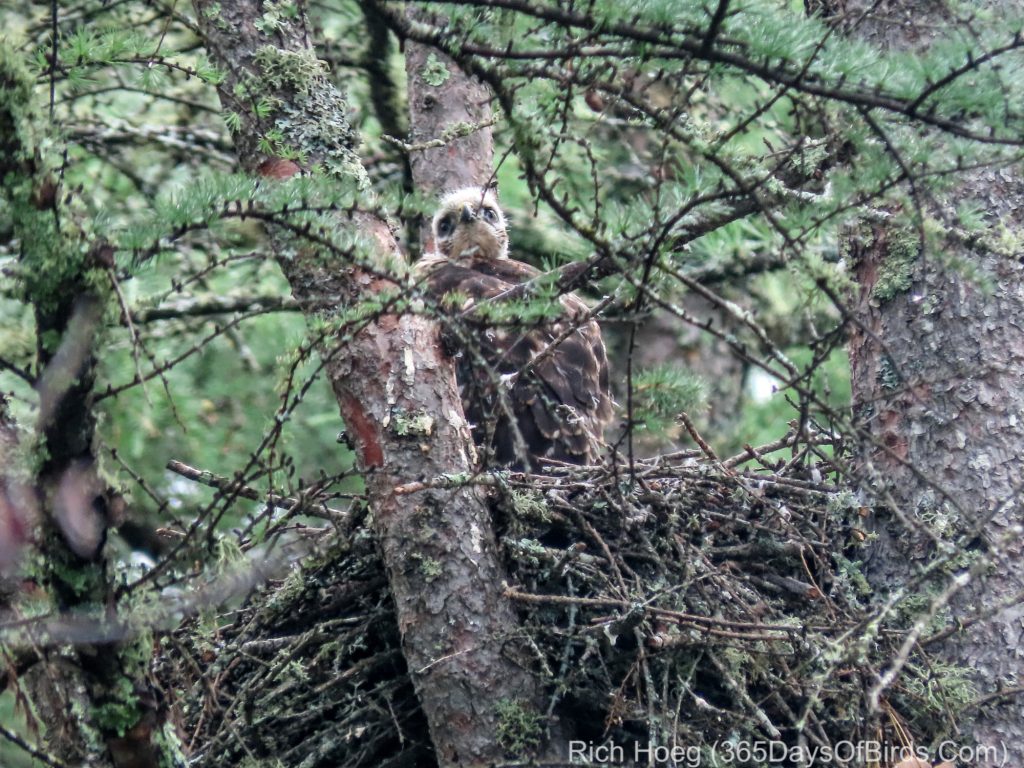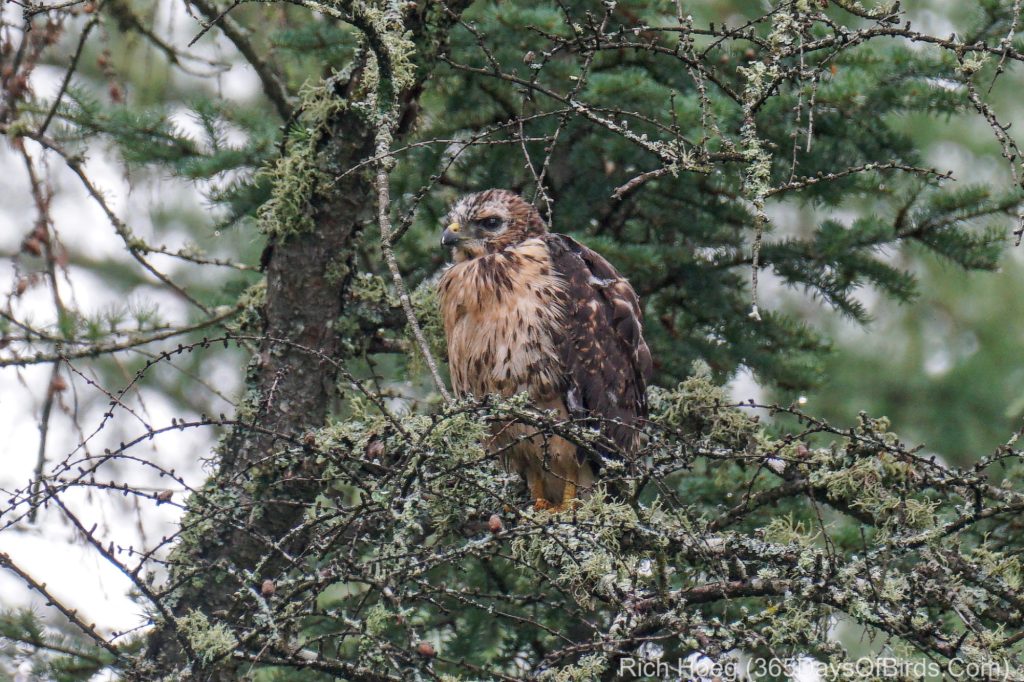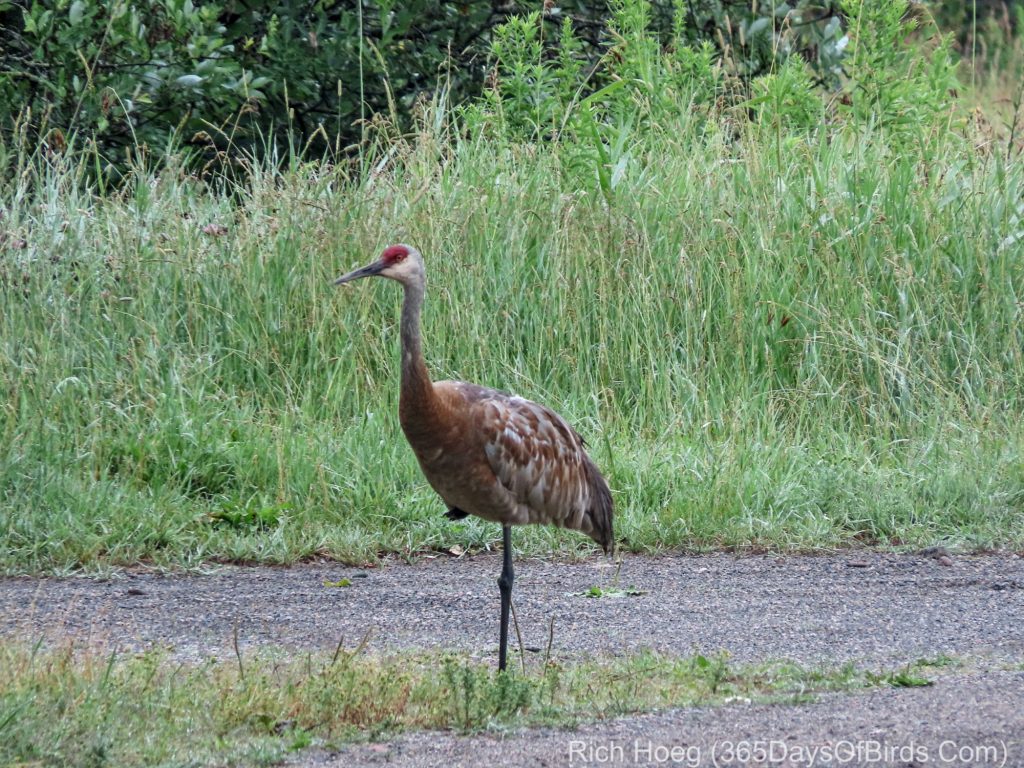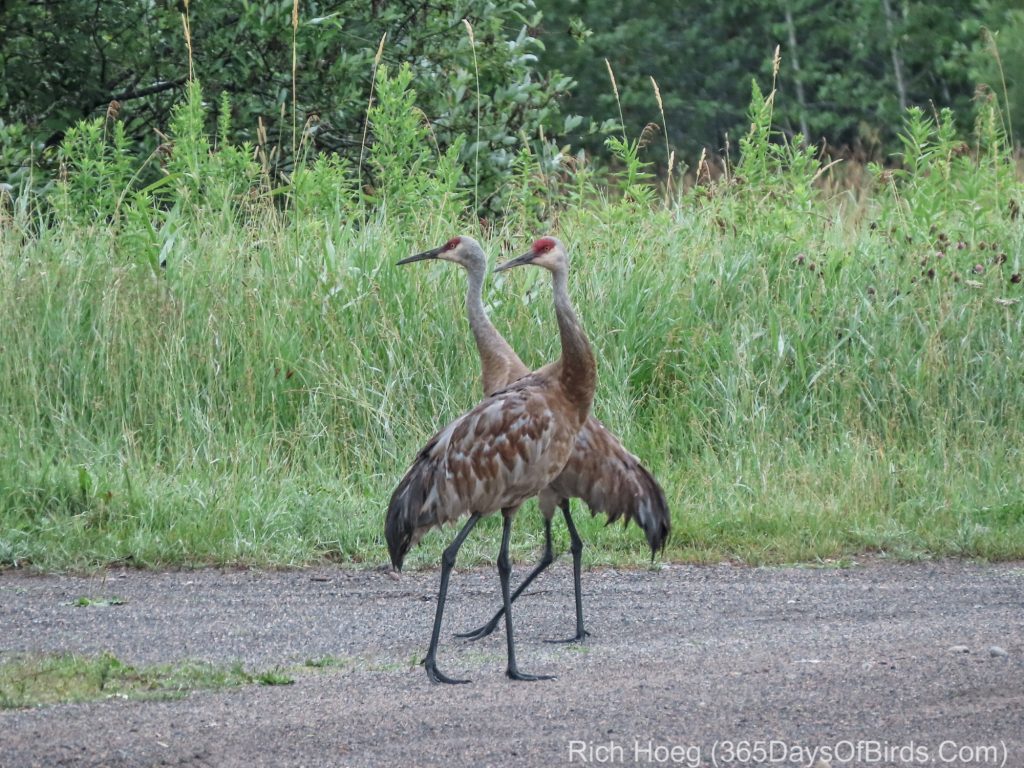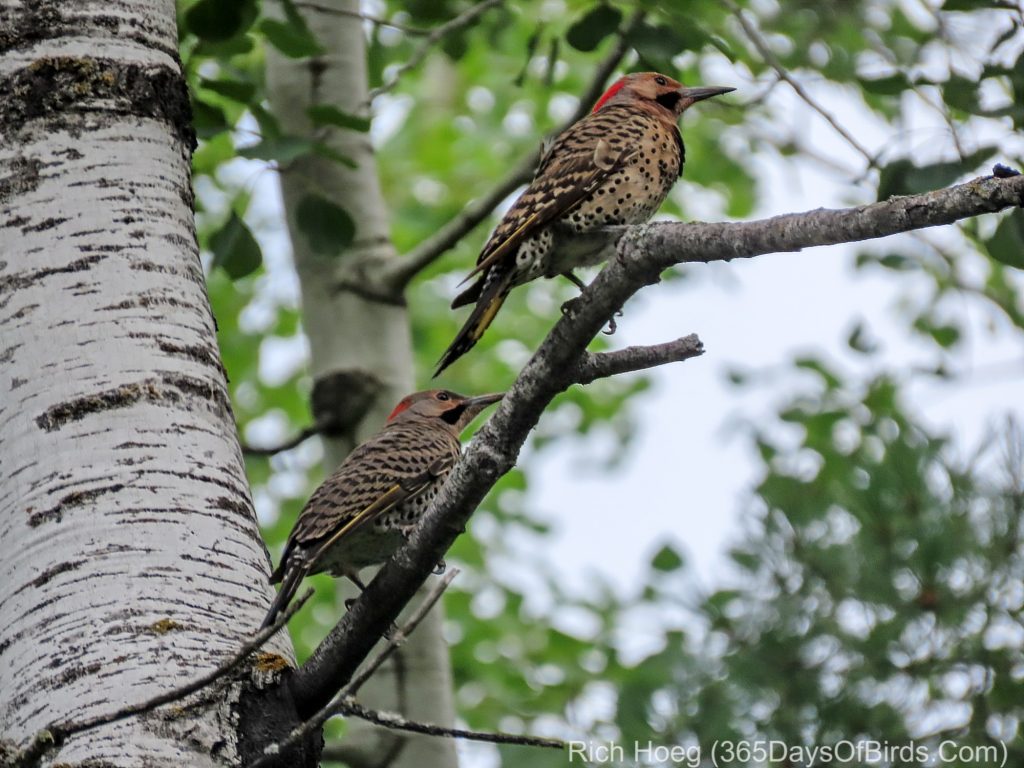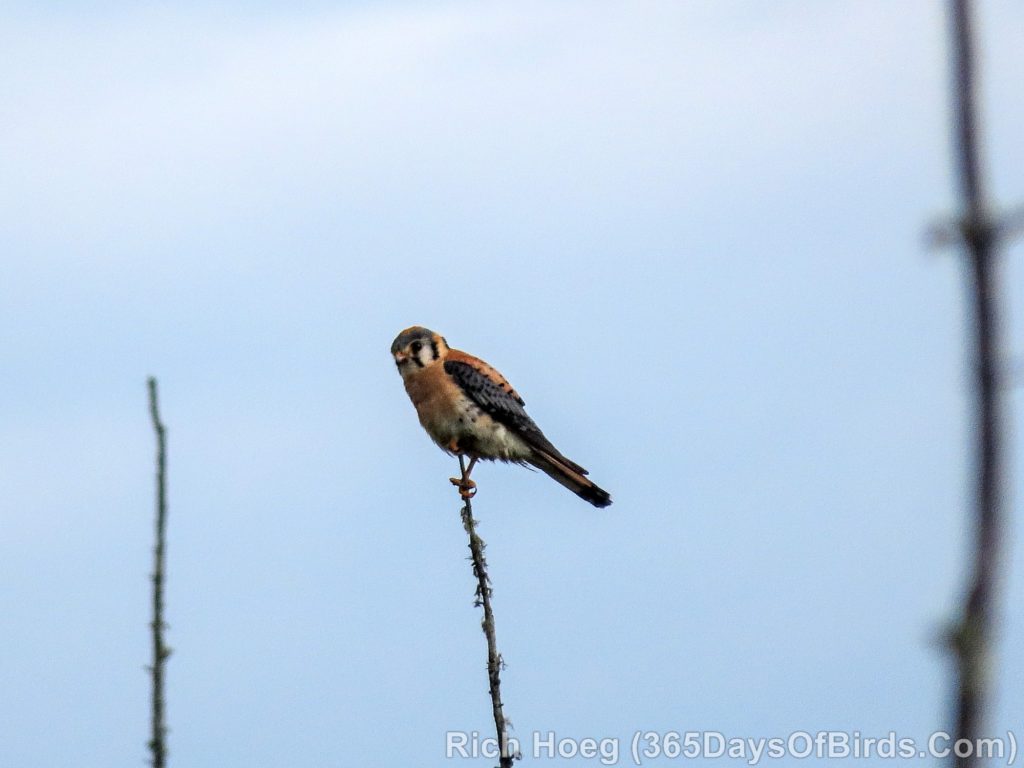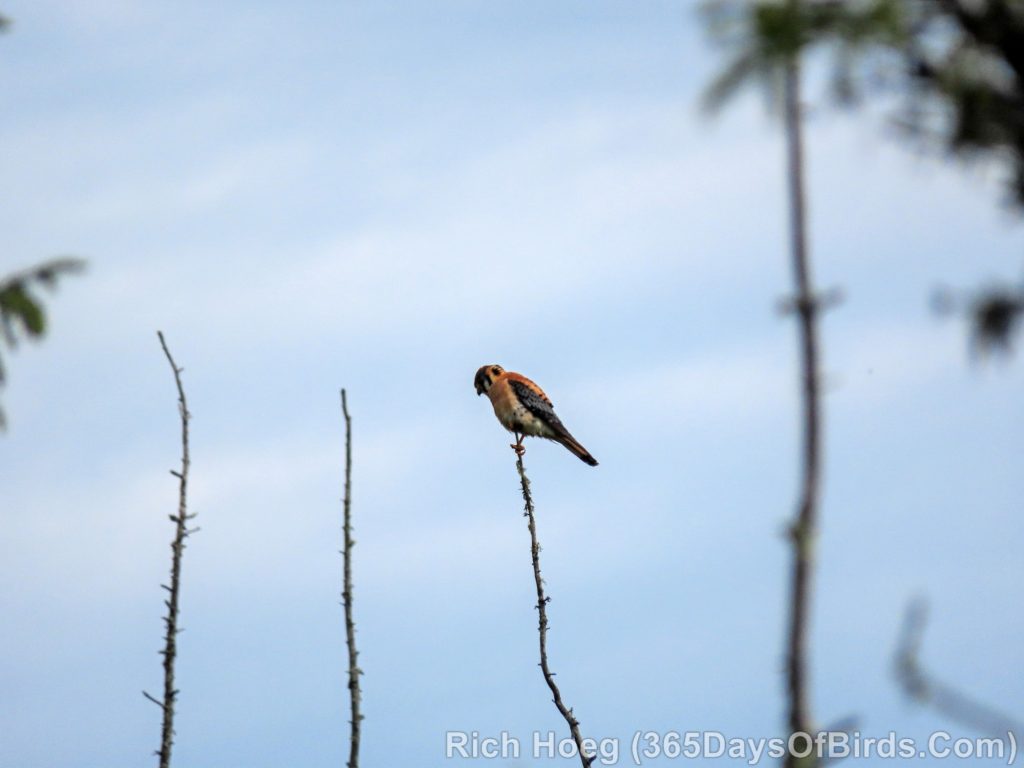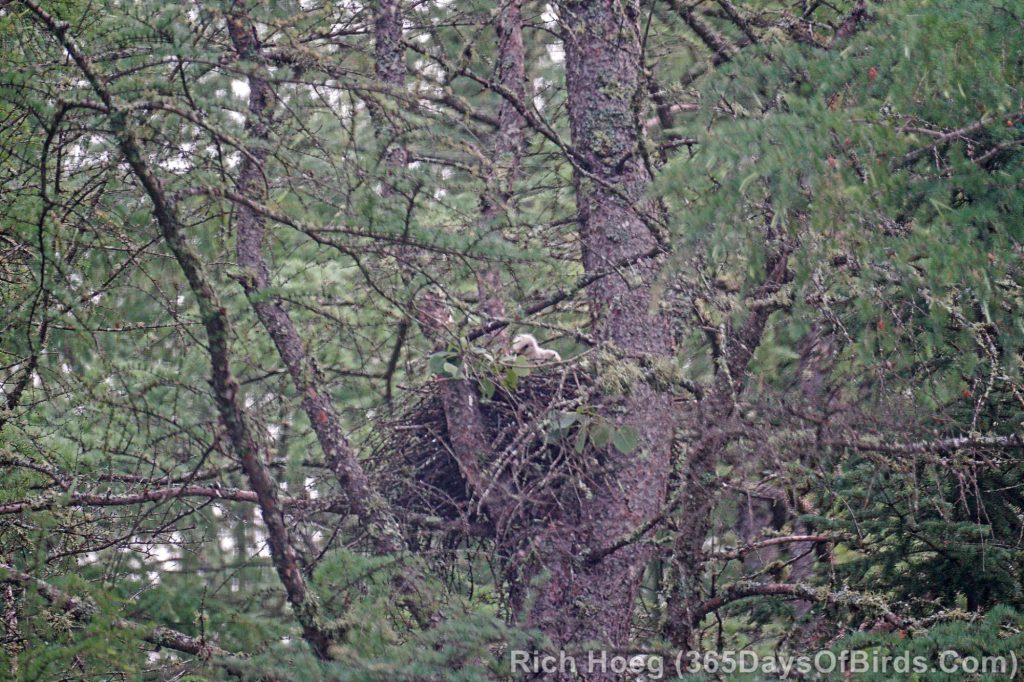Two mornings ago I drove over to Sax-Zim Bog (only a 45 minute drive) knowing that heavy ground fog was in the offing. I actually love visiting the Bog on mornings with heavy ground, and try to time my arrival to just about when I think the fog will start to burn off. My experience shows that I often find mammals or birds out in the open … hoping to dry off … or just find food that was impossible to see earlier in the dark, damp conditions. In addition days with ground fog tend to have very calm wind conditions.
This morning I found three juvenile Raccoons walking calmly down McDavitt Road. My presence was not concerning. I stopped and turned off my car a long distance off, and let the youngsters walk towards me (video link for email subscribers).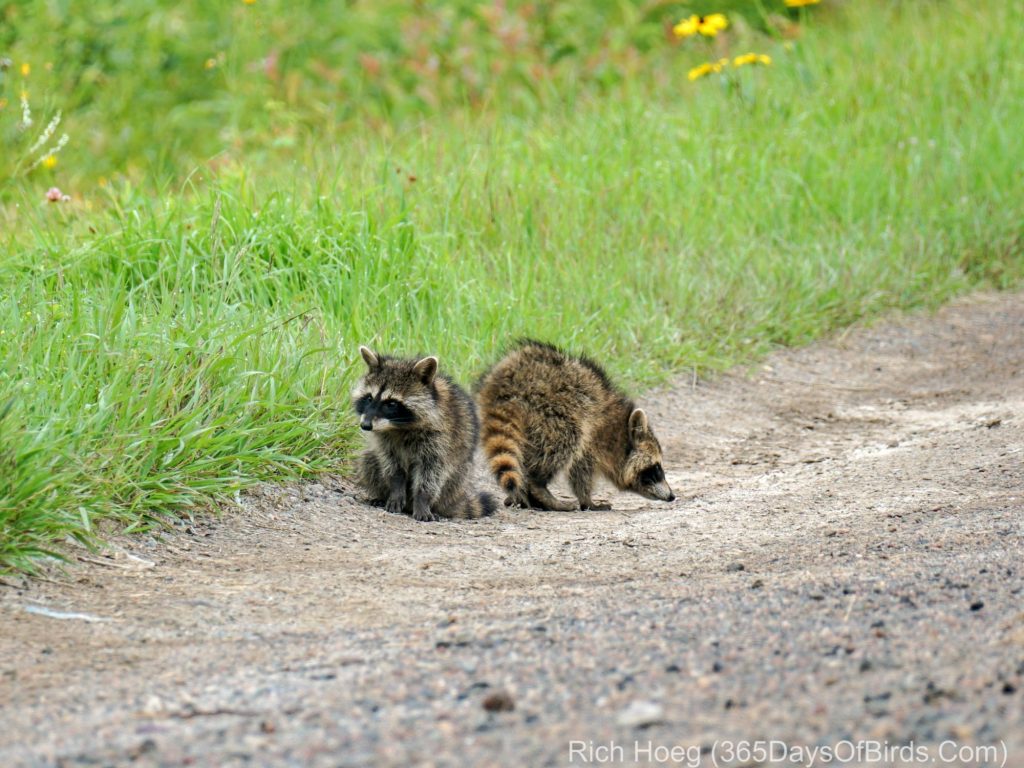
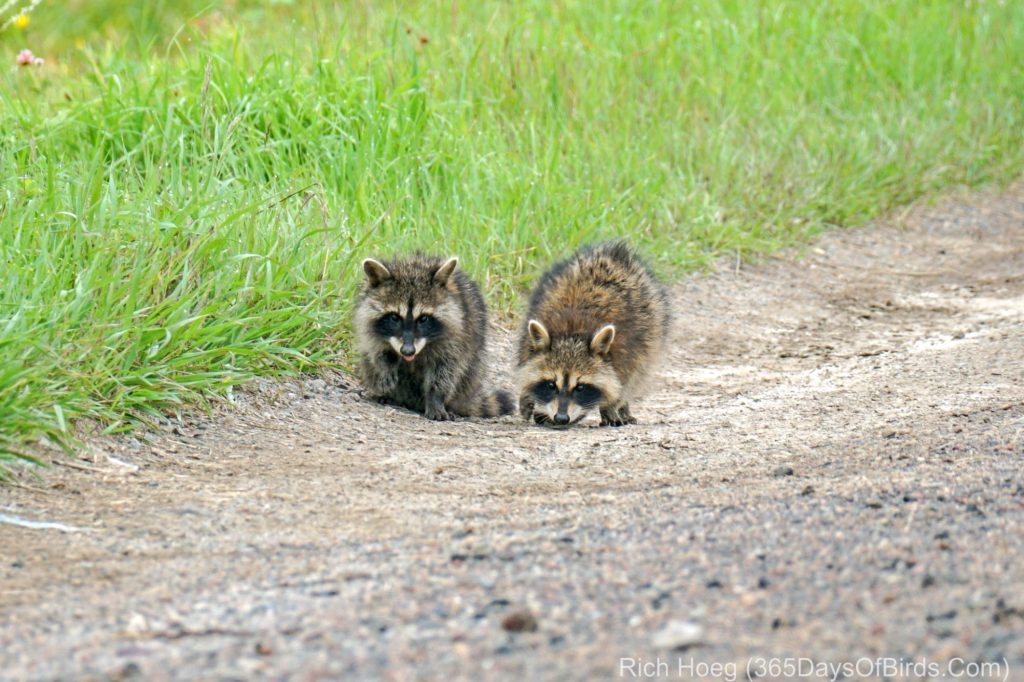
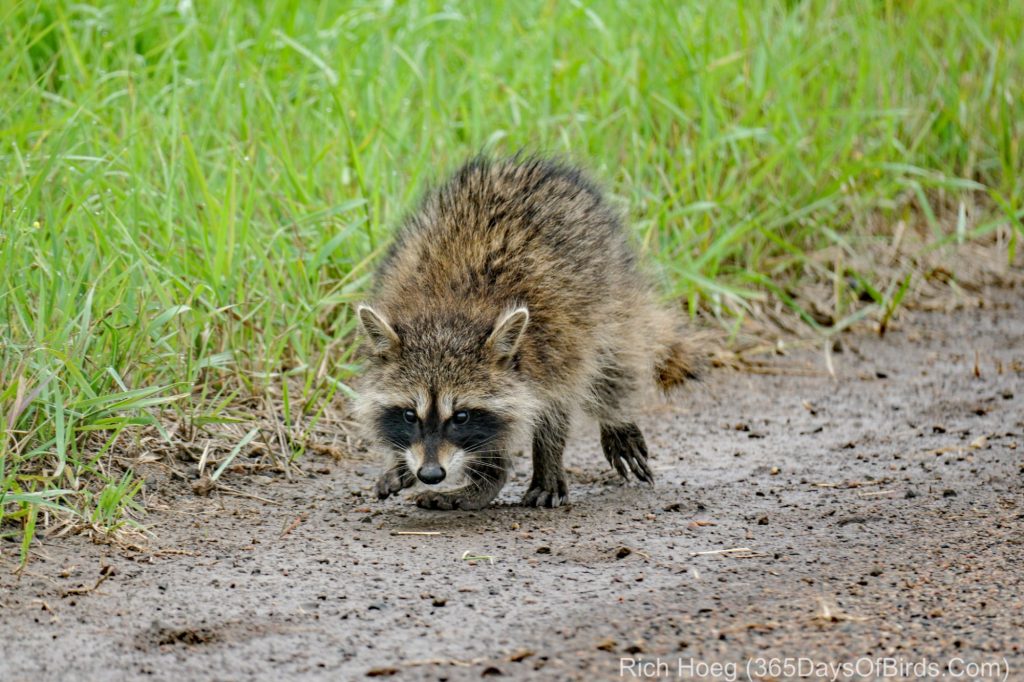
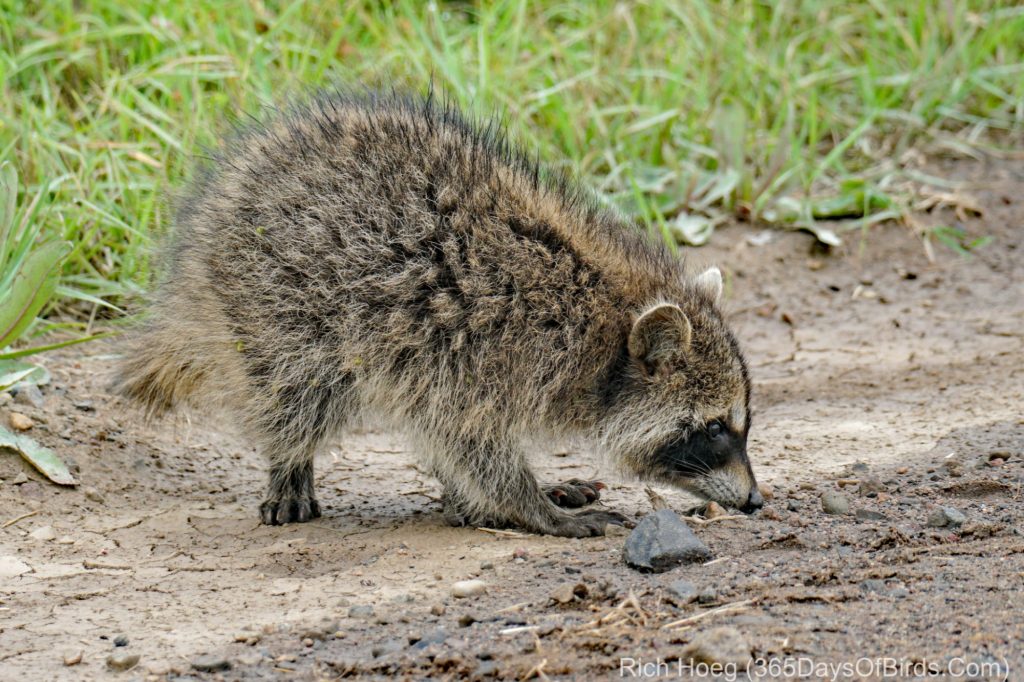
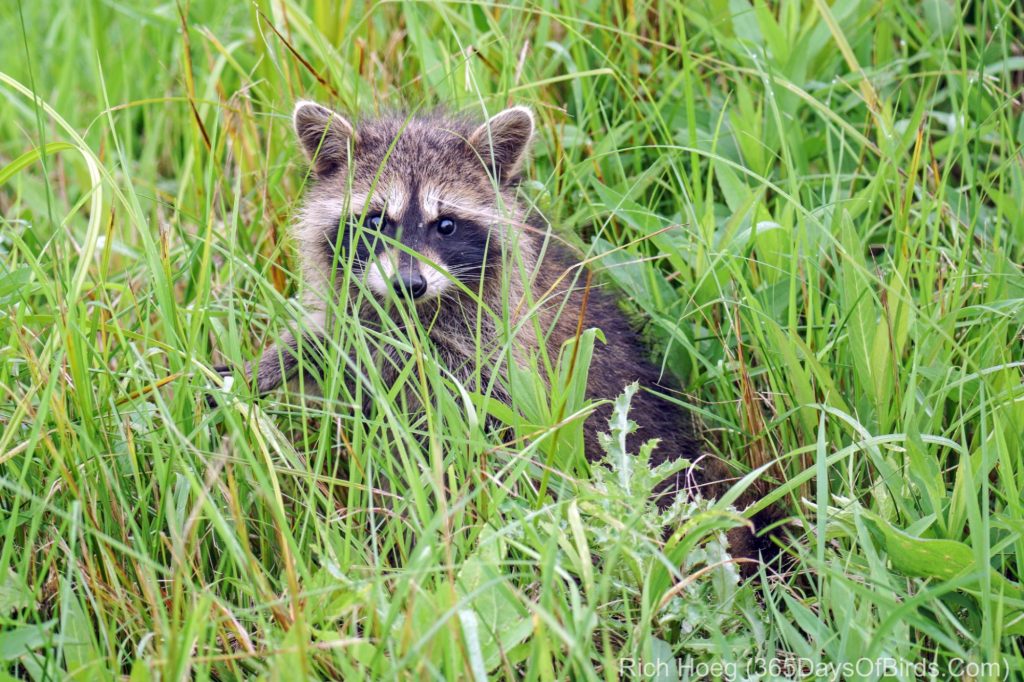
I normally don’t like to post Northern Lights warnings, but the forecast for tonight, Wednesday August 17th is fantastic. Please note that Northern Lights forecasts are notoriously horrible. Learn more from the Northern Lights page of my blog. The times noted on this screenshot which was taken about 10:30 am are CDT.